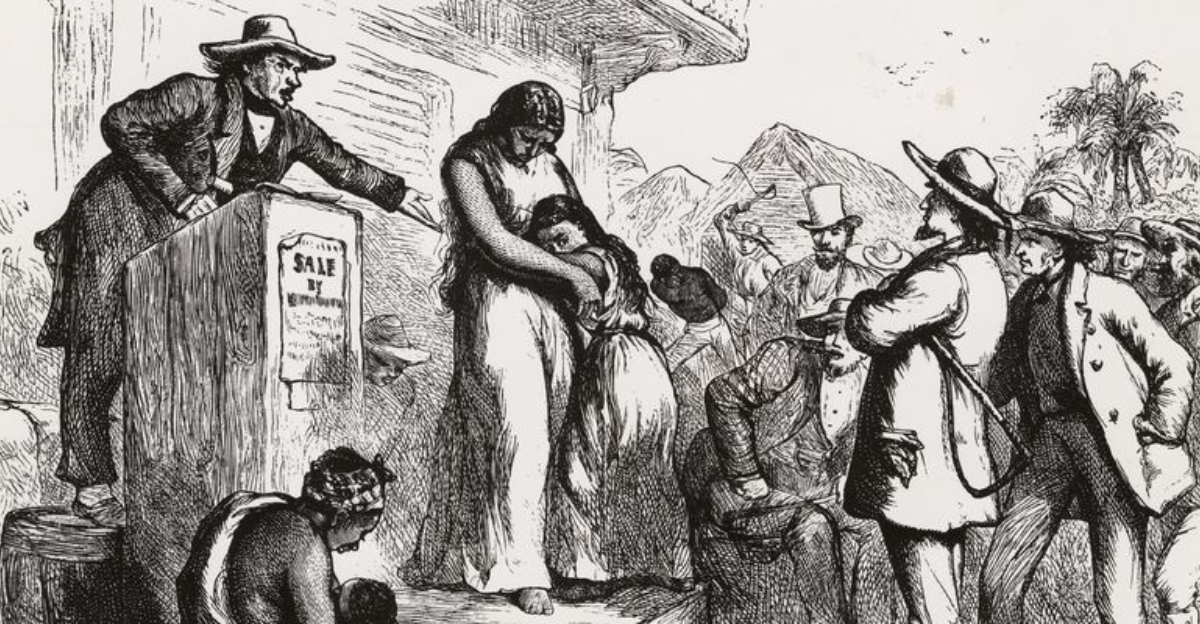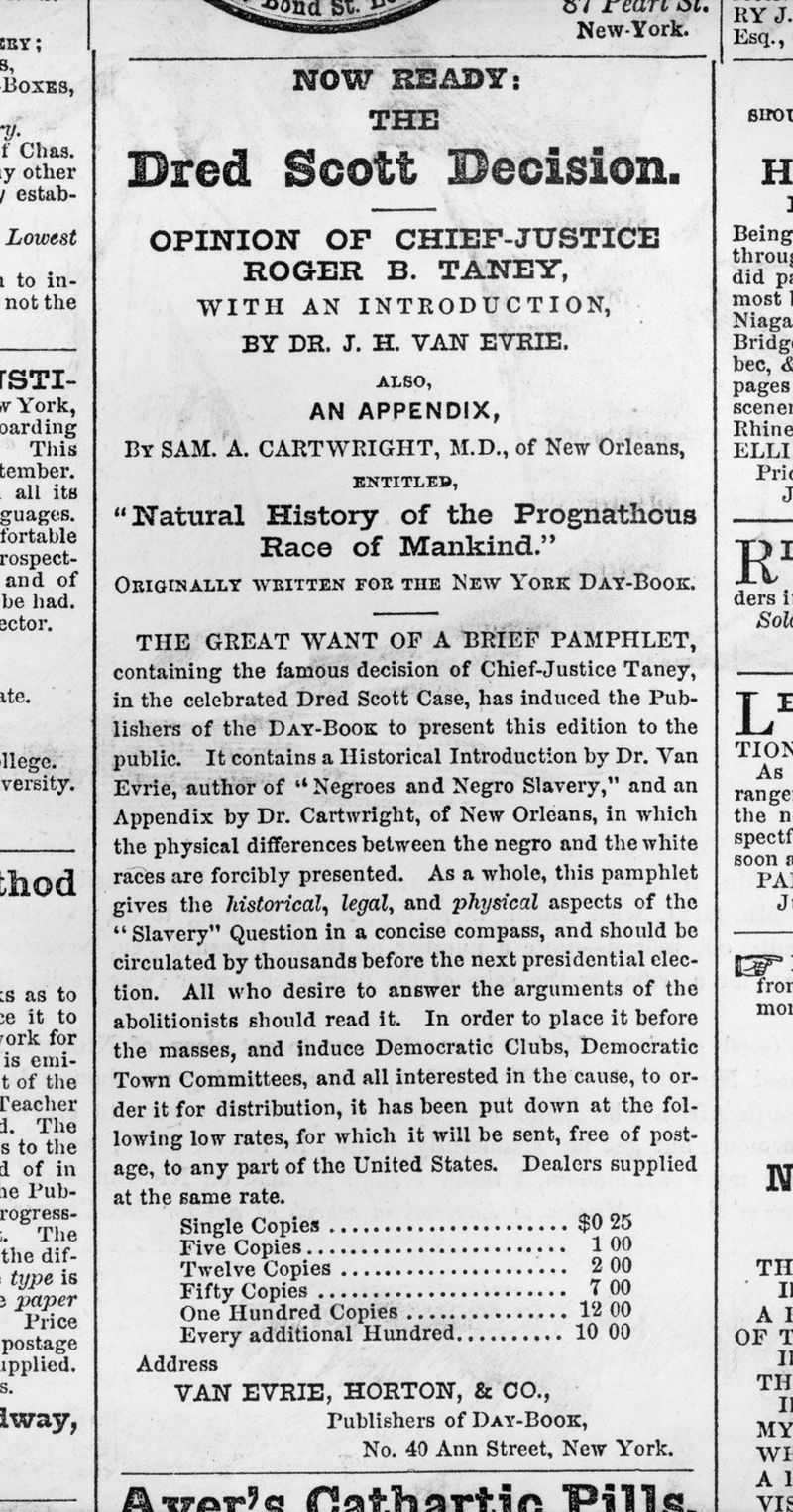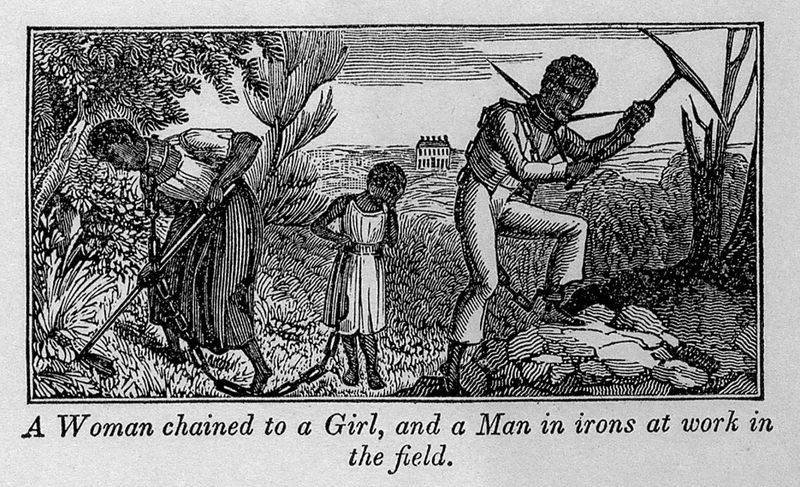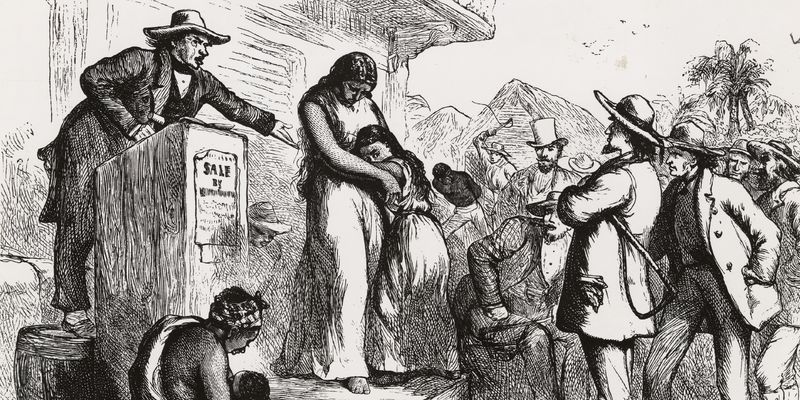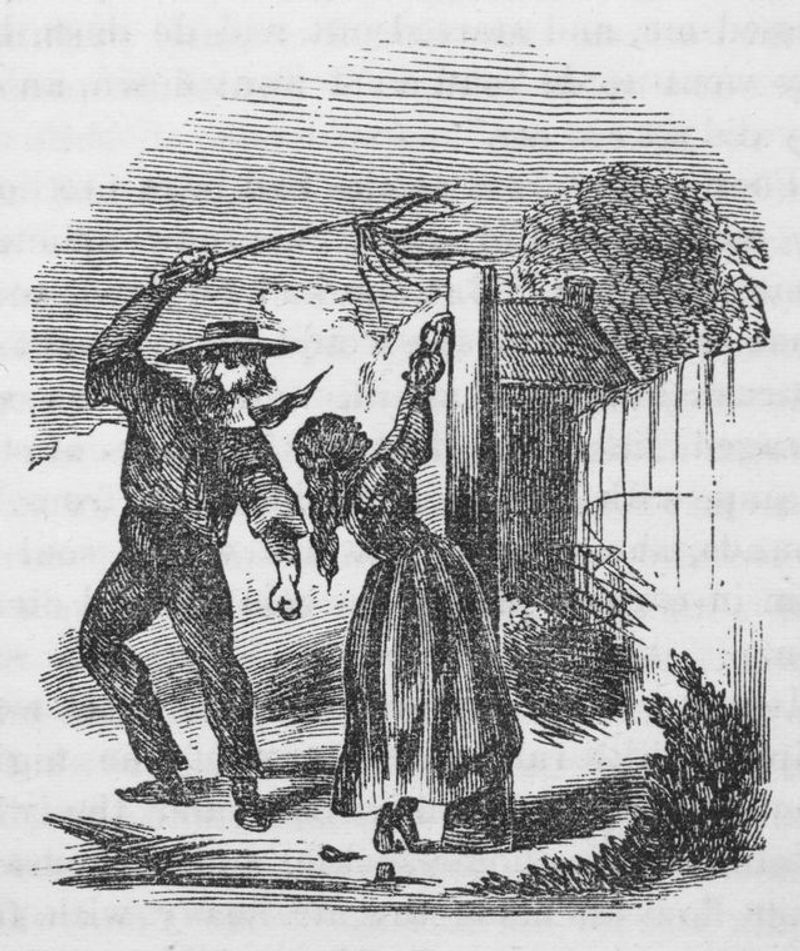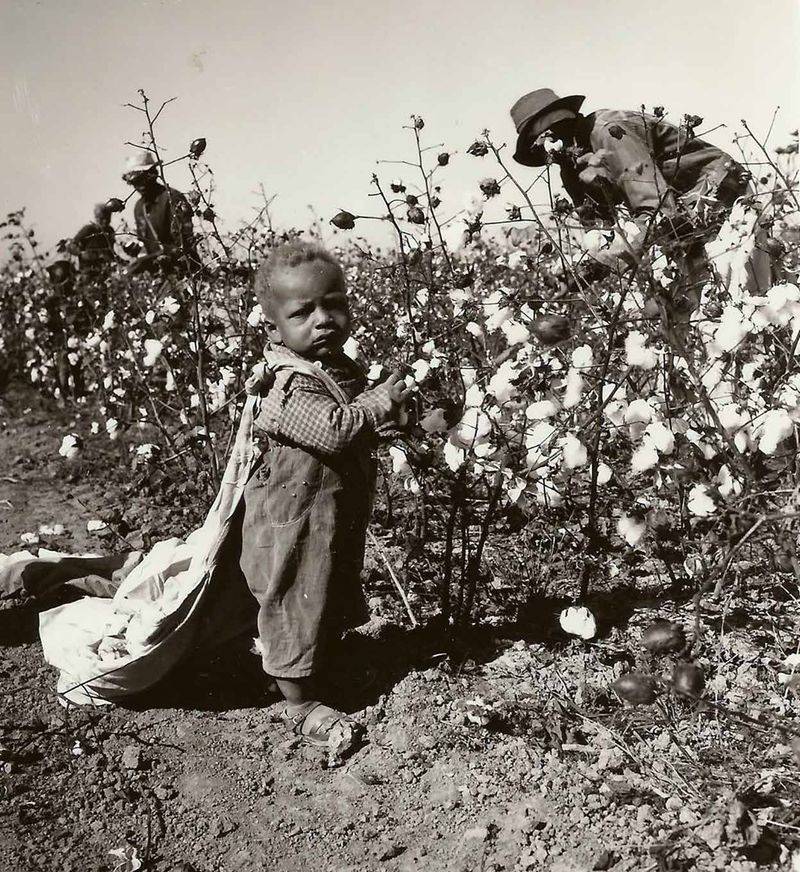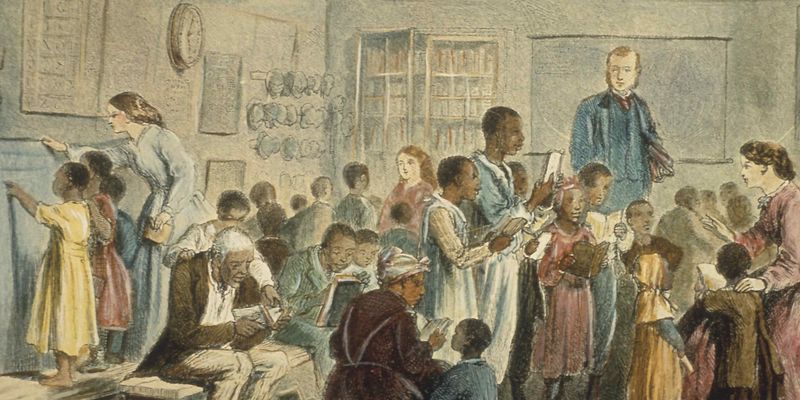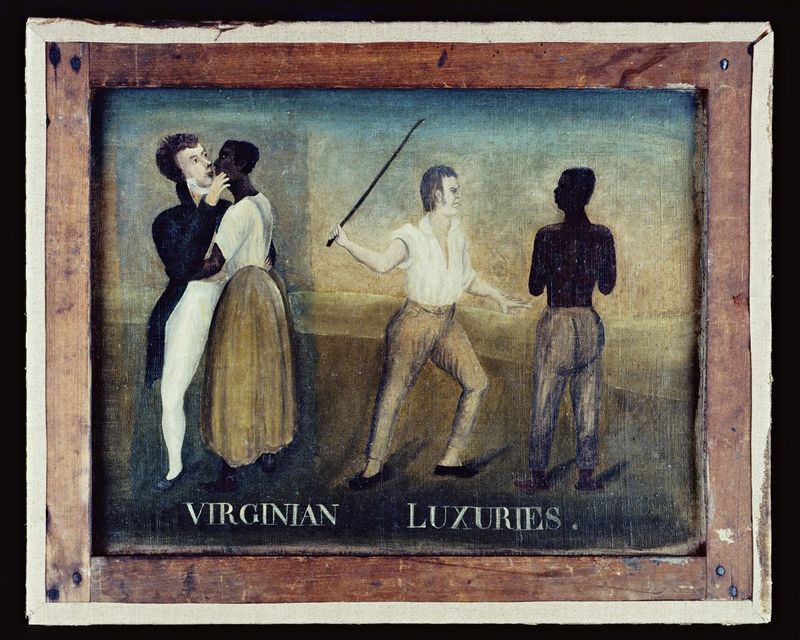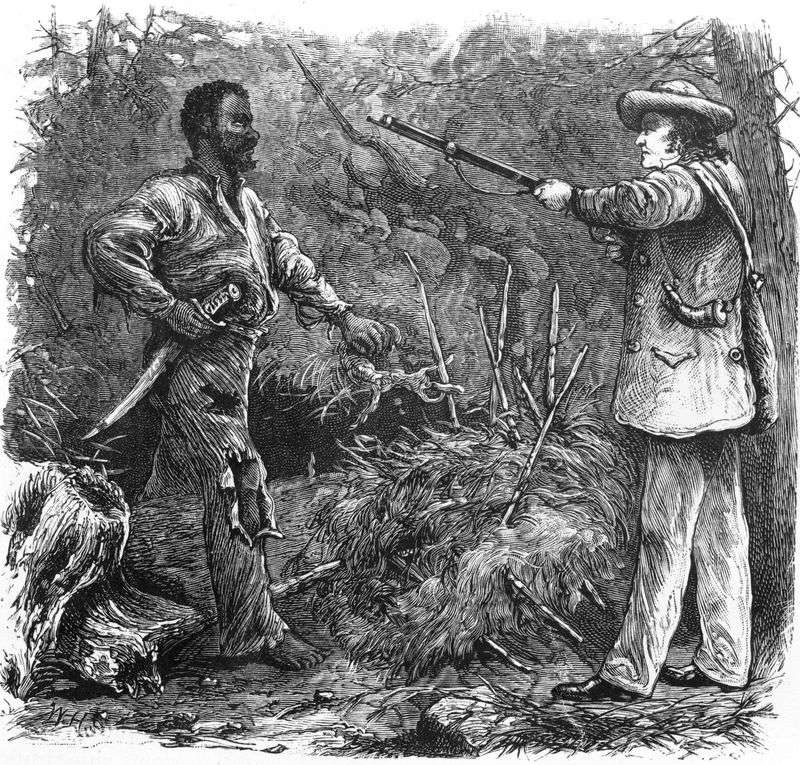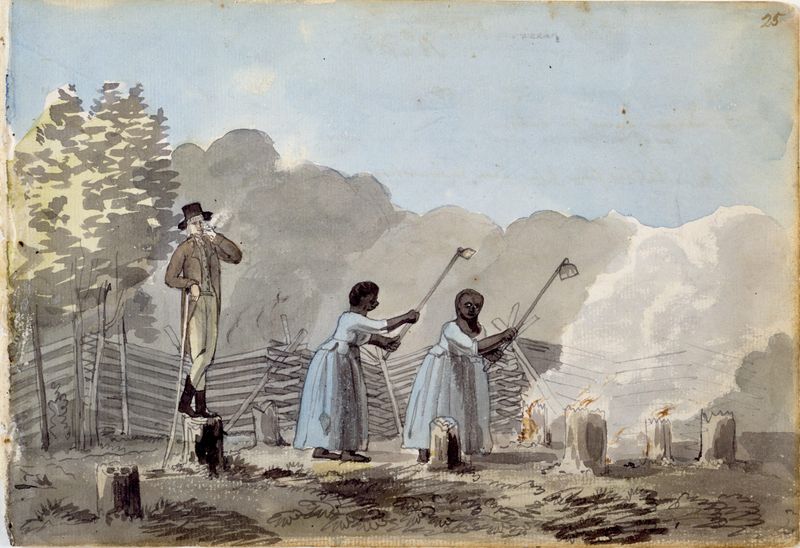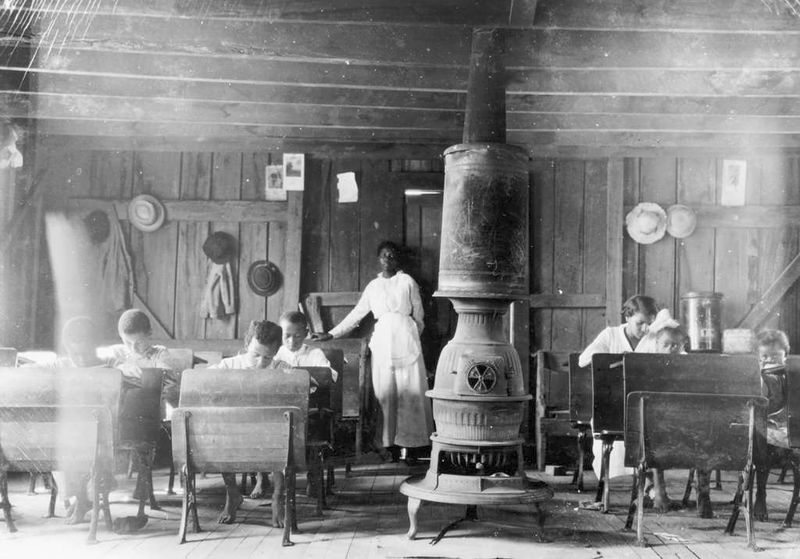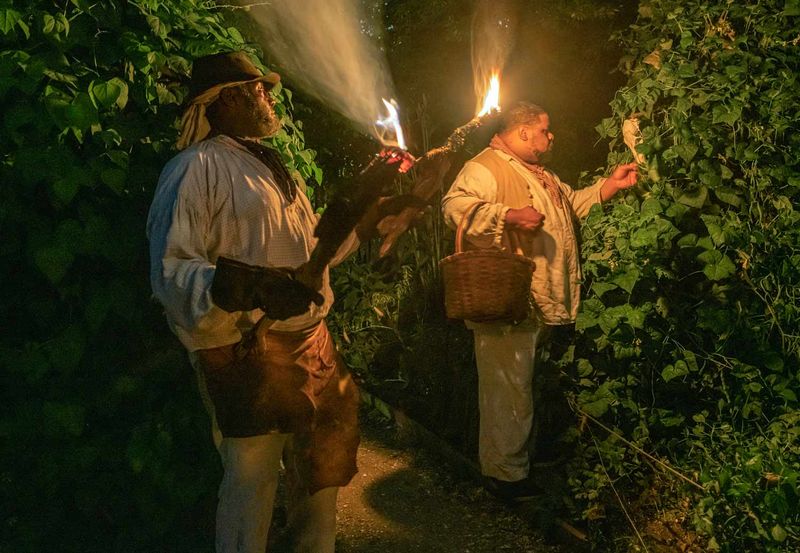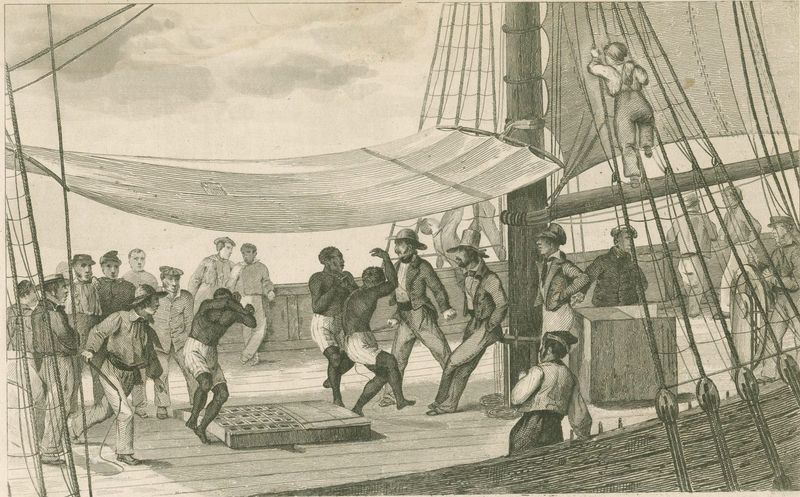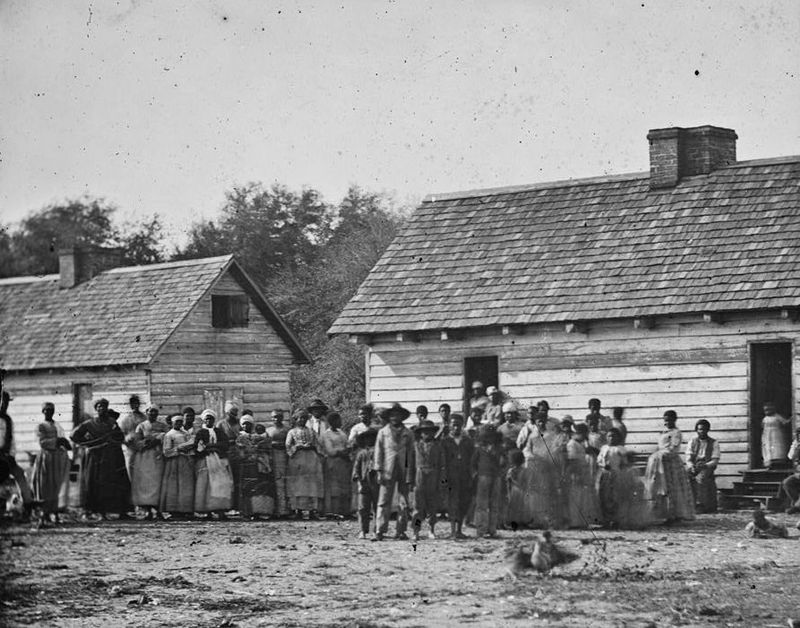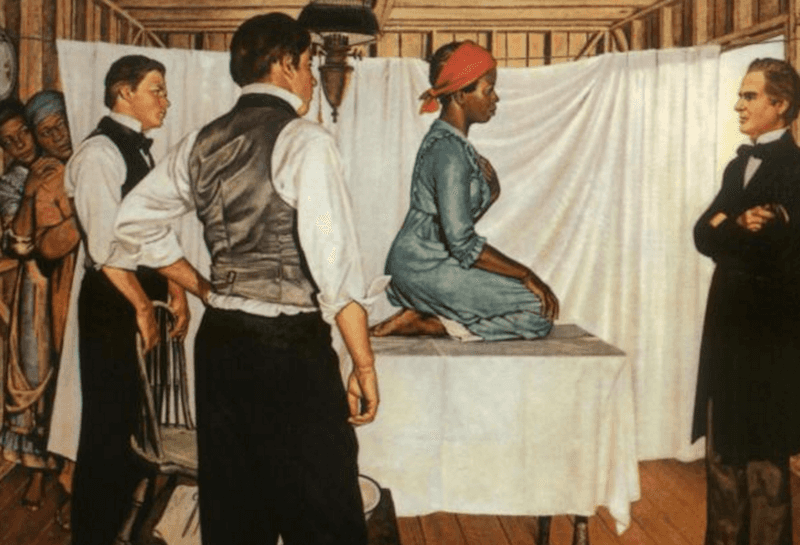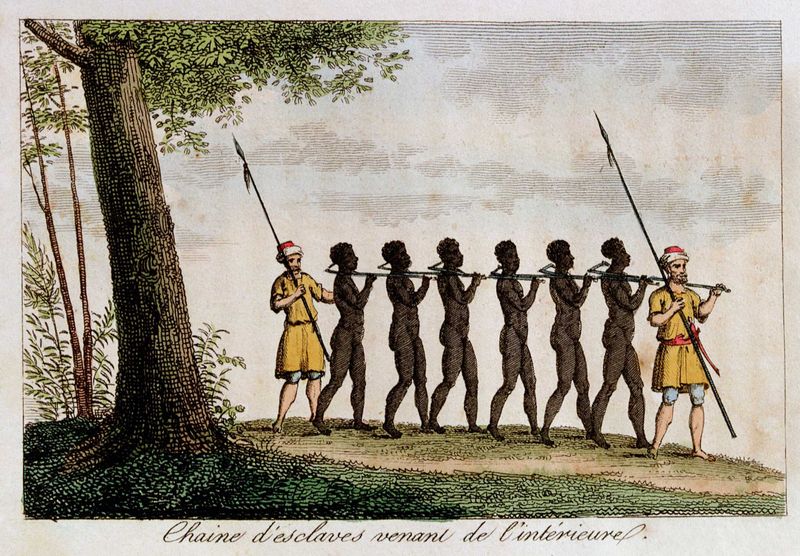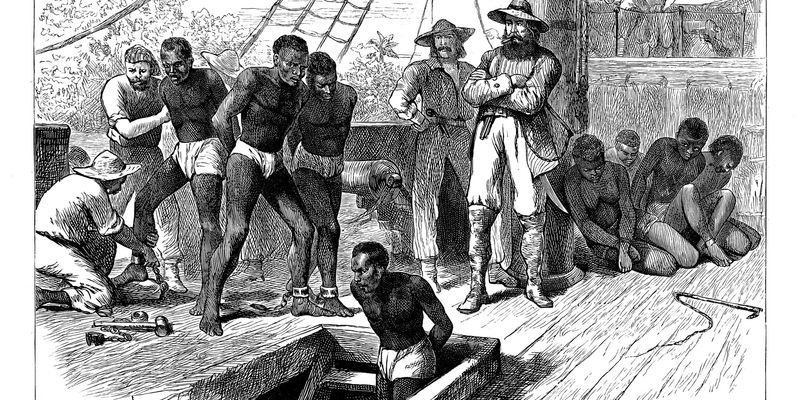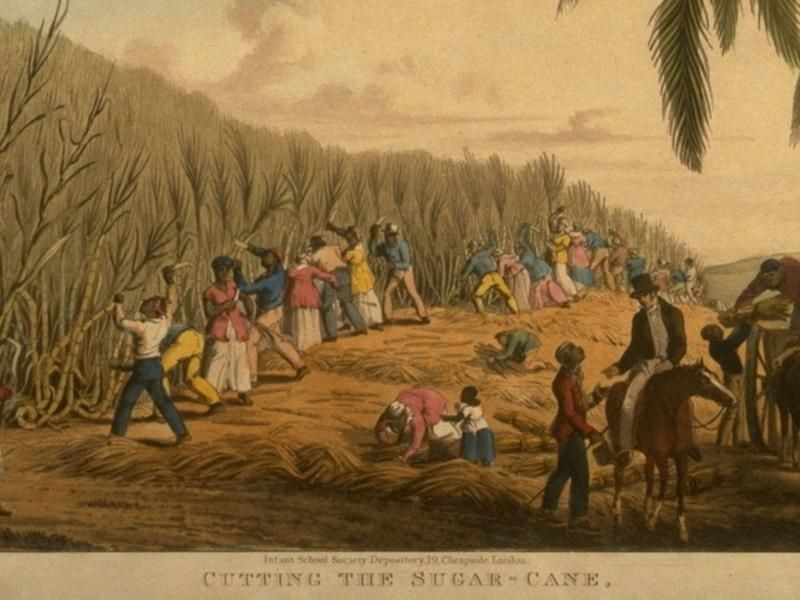History books often gloss over the everyday horrors enslaved people endured in the United States before the Civil War. While major events and dates get the spotlight, the daily pain, fear, and injustice of slavery are often left in the shadows. Here are 18 harsh truths that deserve more attention.
1. No Legal Rights Meant No Justice
Under the oppressive laws of slavery, justice was a distant dream. Enslaved individuals had no legal standing, unable to testify against any wrongdoings they faced. This legal invisibility rendered them voiceless, creating an environment ripe for abuse.
Their plight was ignored, and their stories untold. The legal system was a weapon used against them, perpetuating their suffering and keeping them shackled in silence.
2. Marriage Meant Nothing
Love and commitment found a way to blossom even under slavery’s shadow. Enslaved couples often held wedding ceremonies, but these unions were devoid of legal protection. At any moment, a spouse could be sold away, their bond severed against their will.
Marriage, a personal sanctuary for many, was a fragile and impermanent state for enslaved people. Their vows of love were constantly threatened by the whims of owners, leaving them in perpetual uncertainty about their futures together.
3. Families Were Torn Apart Regularly
The auction block was a place of tears and heartbreak, where families were torn apart. Mothers, fathers, and children were sold to different owners, often miles apart, with no hope of reunion. This brutal separation inflicted deep psychological scars.
The loss of family bonds was a common and devastating reality. Enslaved people lived with the constant fear of losing loved ones, their connections severed permanently. In this cruel system, kinship was a fragile gift, easily shattered by the gavel’s strike.
4. Punishment Was Gruesome and Public
Discipline in the harsh world of slavery was brutal and public. Whippings, mutilations, and branding were common, designed to instill fear and compliance. These punishments were often carried out in public, serving as a grim warning to others.
The sight and sound of these punishments were etched into the minds of all who witnessed them. It was a terror tactic, ensuring obedience through pain. For enslaved individuals, the threat of such gruesome punishment was a constant shadow over their daily lives.
5. Enslaved Children Were Property Too
From the moment they were born, children in slavery were considered property. Parents watched helplessly as their children became the possessions of their masters, with no legal rights or protection.
Every smile and dream crushed under the weight of bondage. Kids were often seen more as future workers rather than children. Playtime was a luxury, their days often spent in the fields or performing menial tasks, robbing them of a carefree childhood.
6. Religion Was Twisted to Justify Cruelty
In the twisted logic of slavery, religion was used as a tool of control. Slaveholders often manipulated Christian teachings to promote obedience among enslaved people, warping the Bible’s message to justify their inhumane practices.
The sacred scripture, meant to be a source of comfort, was instead a chain. Enslaved individuals were taught selective passages, reinforcing submission rather than liberation. Faith, instead of a refuge, became another instrument of oppression, distorting spiritual hope into a tool of dominance.
7. No Control Over Their Own Bodies
The harsh reality for many enslaved women was the complete lack of control over their own bodies. They were vulnerable to sexual exploitation, with no legal recourse against rape or abuse. Their bodies were seen as property, subject to the desires of their owners.
This violation of personal autonomy was a deep wound, scarring both physically and emotionally. For enslaved women, every day was a battle for dignity in a world that denied them basic human rights, leaving them exposed to relentless exploitation.
8. Resistance Was Met With Brutality
Acts of resistance, no matter how small, were met with severe brutality. Enslaved individuals who dared to rebel by running away, working slowly, or speaking back faced harsh retribution. These acts of defiance were brave but perilous.
Punishments for resistance were meant to break the spirit and deter others. Yet, despite the grave risks, many found ways to resist and assert their humanity. Courage thrived in the face of oppression, a testament to the indomitable spirit of those who fought back.
9. Constant Surveillance
Life under slavery was life under constant watch. Enslaved people were kept under surveillance through patrolling overseers and informants. Any semblance of privacy was an illusion, as their movements and actions were closely monitored.
The fear of being watched added another layer of control. This relentless oversight ensured obedience and crushed any thoughts of escape or rebellion. It was a mental prison, with eyes always on them, forcing compliance through pressure and intimidation.
10. No Access to Education
Education was a forbidden fruit for enslaved individuals. Laws in many states made it illegal to teach them to read or write. Knowledge was seen as power, and power was something slaveholders were unwilling to grant.
Starved of learning, many sought education in secret, risking severe punishment for the chance to read and write. Denied access to education, they were kept in ignorance, a deliberate attempt to maintain control and prevent the spark of enlightenment from igniting change.
11. Labor Didn’t Stop with the Sun
The workday for enslaved people was grueling and unending. Labor began before dawn and stretched late into the night, especially during harvest seasons. The relentless pace was a stark reality of life under slavery.
Fatigue was a constant companion, as rest was scarce and demands unyielding. The sun’s setting did not signal relief but the continuation of toil. It was a ceaseless cycle of work, robbing them of rest and sapping their strength daily.
12. They Were Sold Like Cattle
In the dehumanizing world of slavery, people were sold like cattle. Auction houses displayed enslaved individuals, often stripped bare to showcase their physical condition, reducing them to mere objects for transaction.
This brutal commodification stripped away dignity and humanity. It was a market of flesh, where the highest bidder claimed ownership. The auction block was a place of humiliation, where the value of a life was determined by physical attributes and market demand.
13. “Good Treatment” Was Rare and Relative
The concept of ‘good treatment’ under slavery was a relative term. Even in the ‘best’ situations, enslaved people lived under the constant threat of violence and displacement. Owners who prided themselves on benevolence still wielded absolute control.
The facade of kindness masked the underlying reality of ownership. The absence of cruelty was not kindness, merely a different shade of oppression. Enslaved individuals navigated these treacherous waters, aware that ‘good treatment’ could vanish at a moment’s notice.
14. Food Was Scarce and Poor Quality
Nutrition for enslaved people was often meager and inadequate. Meals typically consisted of staples like cornmeal and lard, with little variety or nutritional value. Leftovers deemed unfit for the master’s table were common fare.
Malnutrition was a silent hardship, sapping energy and health. The scarcity of quality food was another tool of control, ensuring dependence and limiting vitality. Enslaved people endured this hunger as part of their daily struggle for survival.
15. Medical Care Was Experimental
Medical care for enslaved individuals was a grim prospect. If they received treatment, it was often outdated, experimental, or conducted without consent. Their bodies were subjects for medical experimentation, devoid of dignity and choice.
Health was a precarious matter, with little access to genuine care. The lack of proper medical attention compounded their suffering, making illness and injury a dangerous gamble. For many, the risk of care outweighed the potential benefits, leaving them vulnerable.
16. Psychological Trauma Was Constant
The emotional scars of slavery ran deep, with constant psychological trauma. Living under the threat of violence, separation, and degradation left lasting impacts. Enslaved individuals endured emotional turmoil as a daily reality.
The fear and dehumanization wore down mental resilience, creating an environment of despair. The trauma was not just physical but etched into the psyche, a silent burden carried within. Even in moments of reprieve, the shadow of past horrors lingered.
17. Identity Was Stripped Away
Slavery sought to erase identity, stripping away names, cultures, and traditions. Enslaved individuals were often given new names and forbidden from practicing their customs, forced to adopt the identities imposed by their owners.
This erasure was a deliberate act of domination, denying them the right to self-determination. The loss of cultural roots and personal identity was a profound injury, severing ties with heritage and self. It was a theft of the essence that defined them as individuals.
18. “Free Time” Meant More Work
The concept of free time for enslaved people was an illusion. Any moment not consumed by labor for their owners was spent tending to personal needs—gardens, shelter, and family care. Leisure was a rare commodity, overshadowed by survival needs.
The little time available was spent ensuring basic necessities, leaving no room for rest or recreation. It was a relentless cycle of work, robbing them of any true respite. The burden of self-sufficiency added another layer of toil to their lives.
